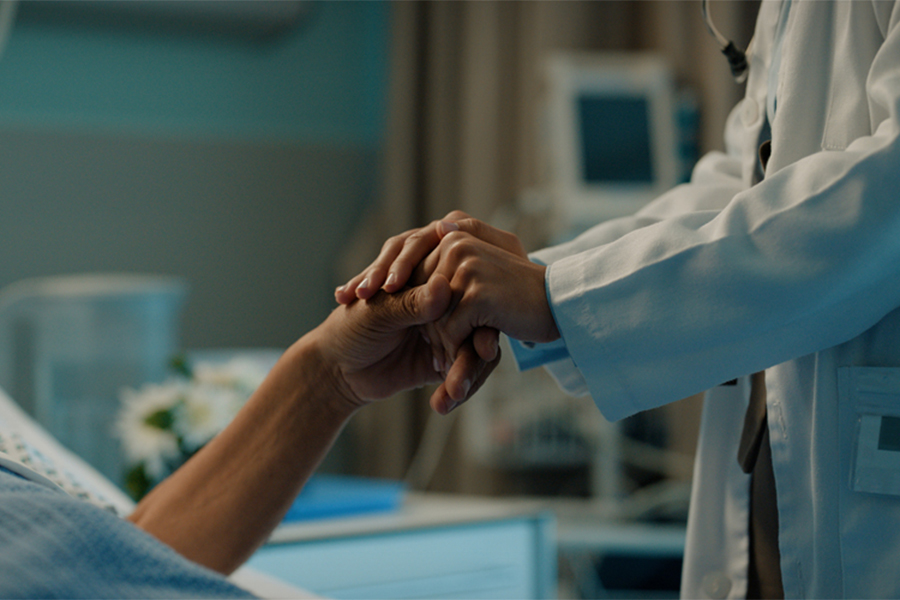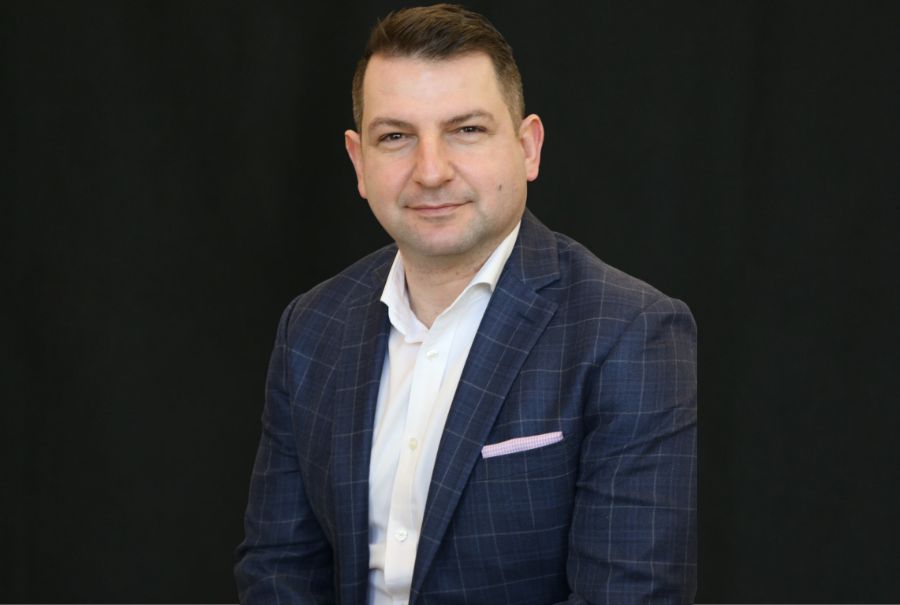
Patient safety incidents provide critical learning opportunities.
However, many health care organizations struggle to turn these incidents into lasting improvements. Researchers from The Institute for Education Research (TIER) at UHN examine the challenges of learning from patient safety incidents and identify factors that create barriers to effective learning.
Researchers, led by lead author Dr. Paula Rowland, a scientist at The Institute of Education Research and a Wilson Centre Scientist in the Office of the Vice Dean Medical Education at the University of Toronto’s (U of T) Temerty Faculty of Medicine, conducted 15 in-depth interviews with staff members and physicians involved in patient safety incidents at a large academic health science centre.
The interviews provided valuable insights into the investigation process and the broader factors that shape how information is shared and applied within the organization.
Key findings indicate that although incident investigation and follow-up procedures are thorough and well-defined, several factors hinder effective learning.
Decisions on how to classify incidents are often influenced by differing professional perspectives and institutional priorities. This can cause non-physical incidents — such as emotional distress, which can impact patients but are harder to track — to be overlooked during learning and improvement efforts.
Additionally, privacy policies often remove key contextual details from reports to create a safe space for disclosure. However, this makes it more challenging to transfer learning across different cases.
To enhance organizational learning, health care organizations should have a more collaborative approach between patient safety teams and learning experts.
By integrating their strengths, organizations can address not only the technical aspects of incident investigations but also the underlying social and political dynamics. Ultimately, this can transform incident reports into actionable insights to improve patient care.
This study was supported by generous donors to UHN Foundation.

No one ever changed the world on their own but when the bright minds at UHN work together with donors we can redefine the world of health care together.


